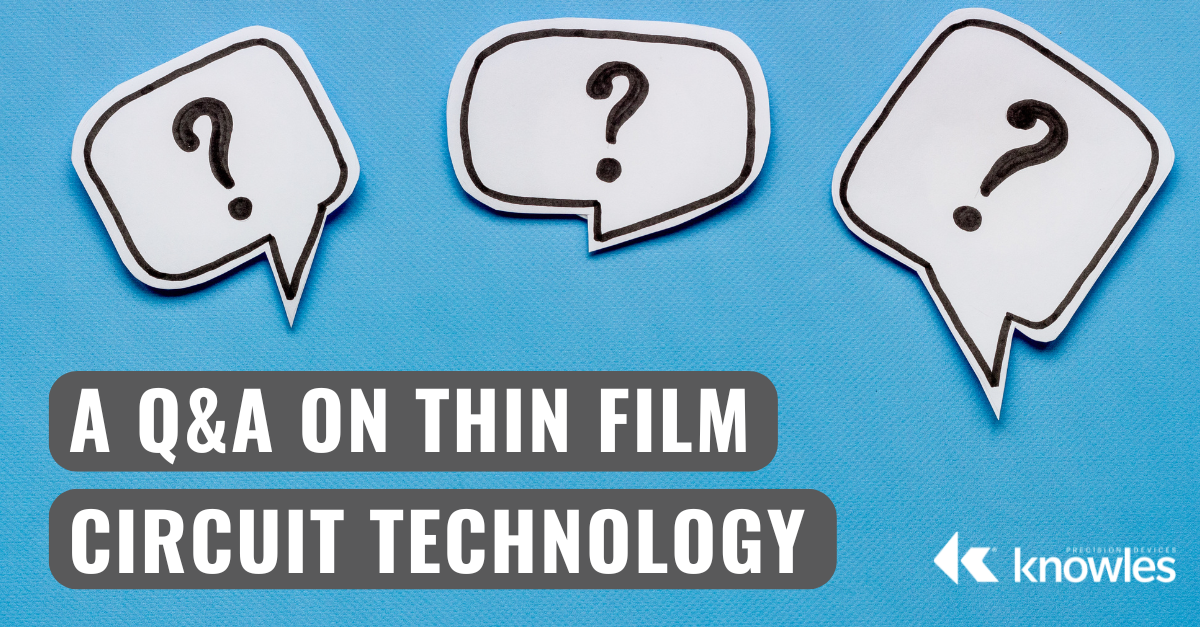From the National Ignition Facility (NIF) in California to the High Magnetic Field Facility in Dresden, high-energy capacitor banks are at the heart of high-power pulsed energy experiments worldwide. These systems provide a massive amount of fast-discharge energy for experiments that push the boundaries of science and technology.
Peter Matthews

Recent Posts
How High-Energy Capacitor Banks Drive Plasma Research
Topics: Medical
Understanding Energy Density and Power Density in Capacitor Applications
Energy density and power density are essential, yet unique, metrics. Understanding the differences between them is crucial for designing efficient energy storage solutions. This blog explores those differences and their impact on capacitor performance.
Topics: Capacitor
Generating High Voltage Pulses with Marx Generators
Pulsed energy drives a wide range of high-energy applications, from particle acceleration to fusion research and electromagnetic pulse (EMP) simulation. Marx generators play a critical role in generating those high-voltage pulses by amplifying lower voltage DC inputs. Here, we’ll cover how Marx generators operate, recent advancements enhancing their efficiency and reliability and the critical role of capacitors in shaping their performance.
The Benefits of Using Supercapacitors for Recloser Back-Up Power
To protect electrical grids from overloads and faults, utility companies can incorporate reclosers. When a fault occurs, this high-voltage circuit breaker automatically closes to isolate the faulty sections of the grid, allowing other areas of the grid to continue to operate safely. The recloser can then automatically test the electrical lines to determine if the issue has been resolved and reset itself, restoring power more quickly once a fault is cleared. Reclosers are also designed to perform remote switching, enabling utilities to manage their networks more efficiently.
Topics: Capacitor
Establishing Reliable Radar Performance with Knowles Precision Devices
At Knowles Precision Devices, we have more than 40 years of experience developing high-performance, high-reliability components for military applications. Our US-based manufacturing facilities adhere to the highest military-grade quality and reliability standards so our components can be used in sophisticated, secure military and aerospace systems.
Topics: Military and Aerospace
The Science and Engineering of Advanced MRI Machines
Magnetic resonance imaging (MRI) is a powerful diagnostic tool for generating detailed images of the body using advanced physics and engineering. Here, we’ll cover the interplay between the two fields and the RF innovations driving MRI advancements.
Topics: Medical
Specifying Capacitors for High-Energy Pulse Applications
Energy storage capacitor banks supply pulsed power in all manner of high-current applications, including shockless compression and fusion. As the technology behind capacitor banks advances with more precise switching and higher energy density, fast discharge capacitors can reliably support more advanced applications.
Topics: Capacitor
Supercapacitor Modules Bridge the Power Gap for No-Fail Systems
With more and more mission-critical systems relying on electrical power, consistent and reliable backup power is essential to ensure uninterrupted operation. Facilities like data centers and hospitals leverage backup power to manage the short, but potentially catastrophic, delay between grid power failure and the start of long-term back up (e.g., local generation via diesel generators).
The Role of Filters in Expanding Bandwidth for Electronic Warfare Receivers
Electronic warfare (EW) systems are an increasingly critical component of modern warfare. They seek to control and exploit the electromagnetic spectrum to gain an advantage over adversaries while preventing them from reciprocating. This includes detecting and denying the use of radar systems and GPS. There are three main sectors within electronic warfare. Electronic attack (EA) focuses on acts designed to disrupt, degrade, destroy or deceive. Electronic protection (EP) seeks to diminish the effectiveness of adversarial EA systems. Electronic support (ES) extracts signal information for intelligence purposes.
As a manufacturer of custom ceramics for thin-film circuit development for more than four decades, we are highly familiar with all the complexities involved in working with these materials to build a variety of circuits. Over the years, we’ve received quite a few questions about this technology, so we put together this Q&A to help answer some of the common questions you may have about thin film circuits.

.png)




.png)

.png)

